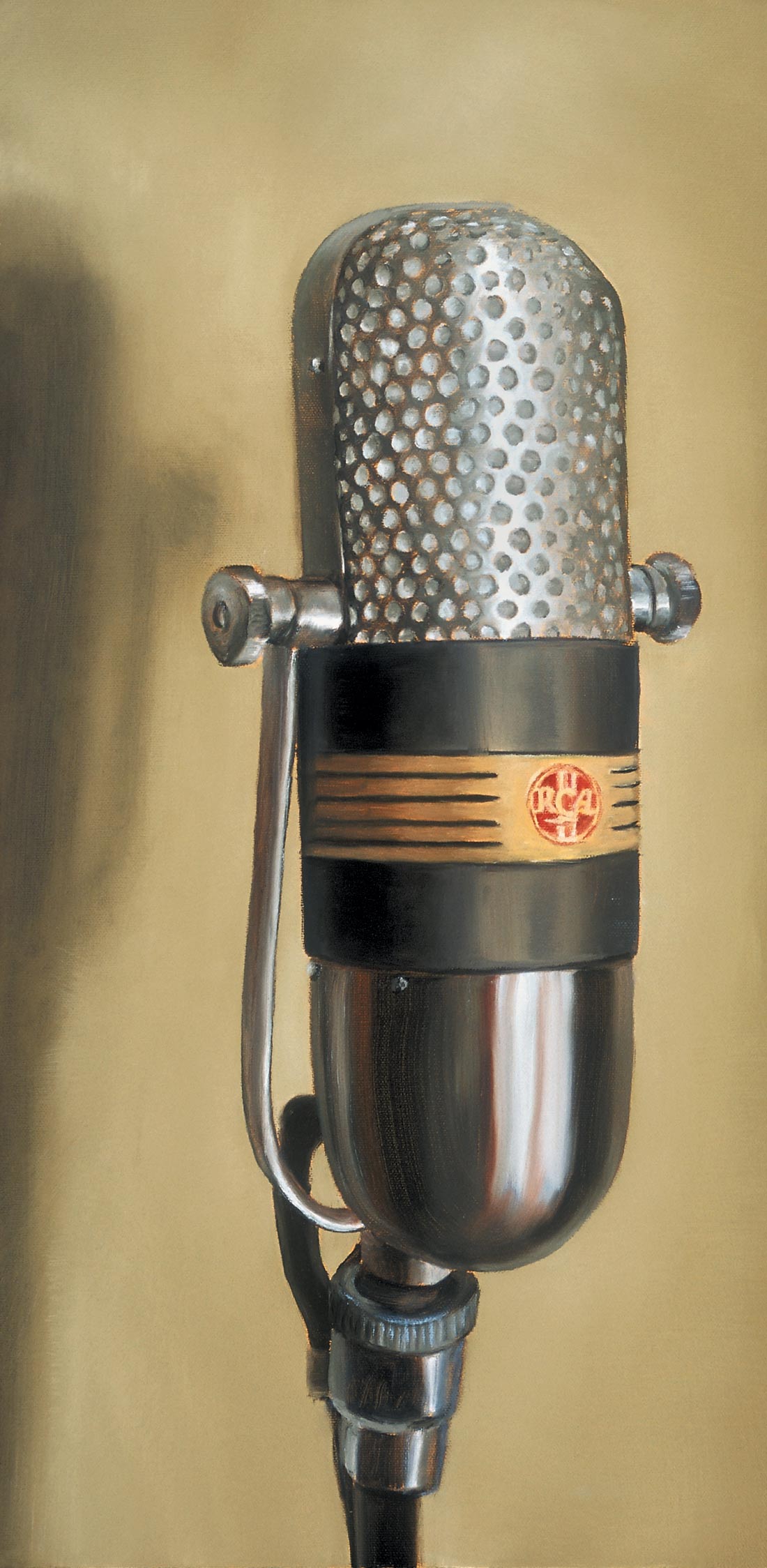I'll just say this right up front, there's no doubt in my mind that the PMD670 is the next generation portable recorder. The PMD670 records directly to Compact Flash in WAV, Broadcast WAV, MP2 or MP3 formats at 32k, 44.1k or 48k sample rates, with bitrates for MP2 up to 384k stereo. The PMD670 allows you to generate EDL markers and it also allows you to do what up until now, could only be done with a software application (like Coaster running on a Mac): on-the-fly recording directly onto a mass-storage device with seamless splits into individual files- without having to stop. The transition from capture to edit is no longer a linear process. And the "pre-editing" can be done by anyone who can manage a cassette deck. That opens this functionality up to a larger class of users.
The PMD670 offers a host of I/O options including S/PDIF, analog RCA, two phantom-powered XLR mic inputs, and an internal mic-beyond the typical laptop-based recording system. With eight AA batteries, you have a completely portable 2-track (or mono) digital recording system-just add your mics of choice. While I have experienced excellent stability with my Mac/Coaster system at church (which is one of the very workflow/markets the PMD670 targets), the fact is, computers do crash. The PMD670 doesn't. And in my system at church, I use a Denon DN-770R cassette deck essentially as a backup to the Mac/Coaster system. And this is another role the PMD670 can fill-a digital backup to your existing DAW-based solution. The remote control interface is a standard two-conductor, sub-mini jack that can control the manual break function, EDL marker generation, and two other options; I use it to break on the fly. An internal clock with date-stamp capability ensures that the file creation dates will be accurate when working with them on your DAW. The PMD670 is battery or AC adapter powered. And I give Marantz immense credit for including a carrier for eight AA batteries that can replace the optional NiCad or NiMH packs. I squeezed about two hours out of a fresh set of Energizers while powering two condenser mics on my first gig, a high school jazz band concert. With the PMD670, I was setup and ready to roll in less than five minutes. And editing the concert into a simple CD format was accomplished in less than fifteen minutes-and that includes touching up my edits.
Using the PMD670 on location and a computer at home, I can capture, edit, and burn CD's or upload MP3's with minimal latency. And that is why I recommend the PMD670: time savings and convenience. With the PMD670, I can have an MP3 of that day's sermon, often 60 minutes long, on the web about 30 minutes after getting home, including MP3 encoding and DSL upload time. A rackmount version, the PMD570, is also available from Marantz. For a longer version of this review, including photos, see sldghamr.faithweb.com/ PMD670.html.
($899 MSRP; www.d-mpro.com)




_disp_horizontal_bw.jpg)